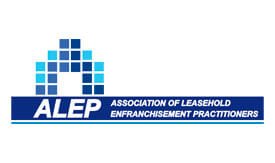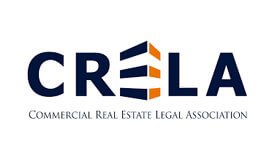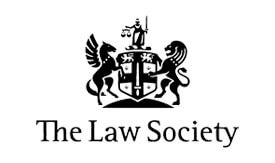When thinking about your business it is important to choose a financing option that works best for you. Debt and equity are the two most common ways businesses look to as their financing options. The intricacies of finance can be difficult to get your head around, so below is a simple guide to understanding the difference between the two.
Debt Finance
Debt finance is the process in which debt instruments are sold to investors, these investors then become creditors of the company. The deal is that in exchange for the debt instrument the creditor will receive the value of their debt plus negotiated interest to be paid on over a regular schedule. It’s essential a loan that will be repaid in full plus interest.
Equity Finance
Equity finance, on the other hand, raises money be selling shares and the purchaser of the shares then become shareholders in the company. Shareholders have an ownership stake in the company and are entitled to certain voting and controlling rights. Equity finance can raise billions for large companies’ listings on the stock exchange, or they can earn a few thousand for smaller businesses.
Choosing between debt and equity finance
In order to choose between the two options, you need to calculate the cost of capital, this is either a percentage or an amount in pounds. The cost of debt is shown as the interest rate required by the lender. In other words, the cost of debt will be the percentage of interest the investor receives, i.e. if the investor receives a 5% interest on the loan then the cost of debt is 5%. Payments of debt are then tax deductible so you will then reduce the cost of debt by the percentage paid in corporate tax.
For equity finance there is a calculation that can be used based on returns generated by the larger market, and the individual stocks relative performance to calculate the cost of equity.










